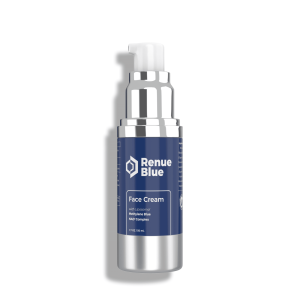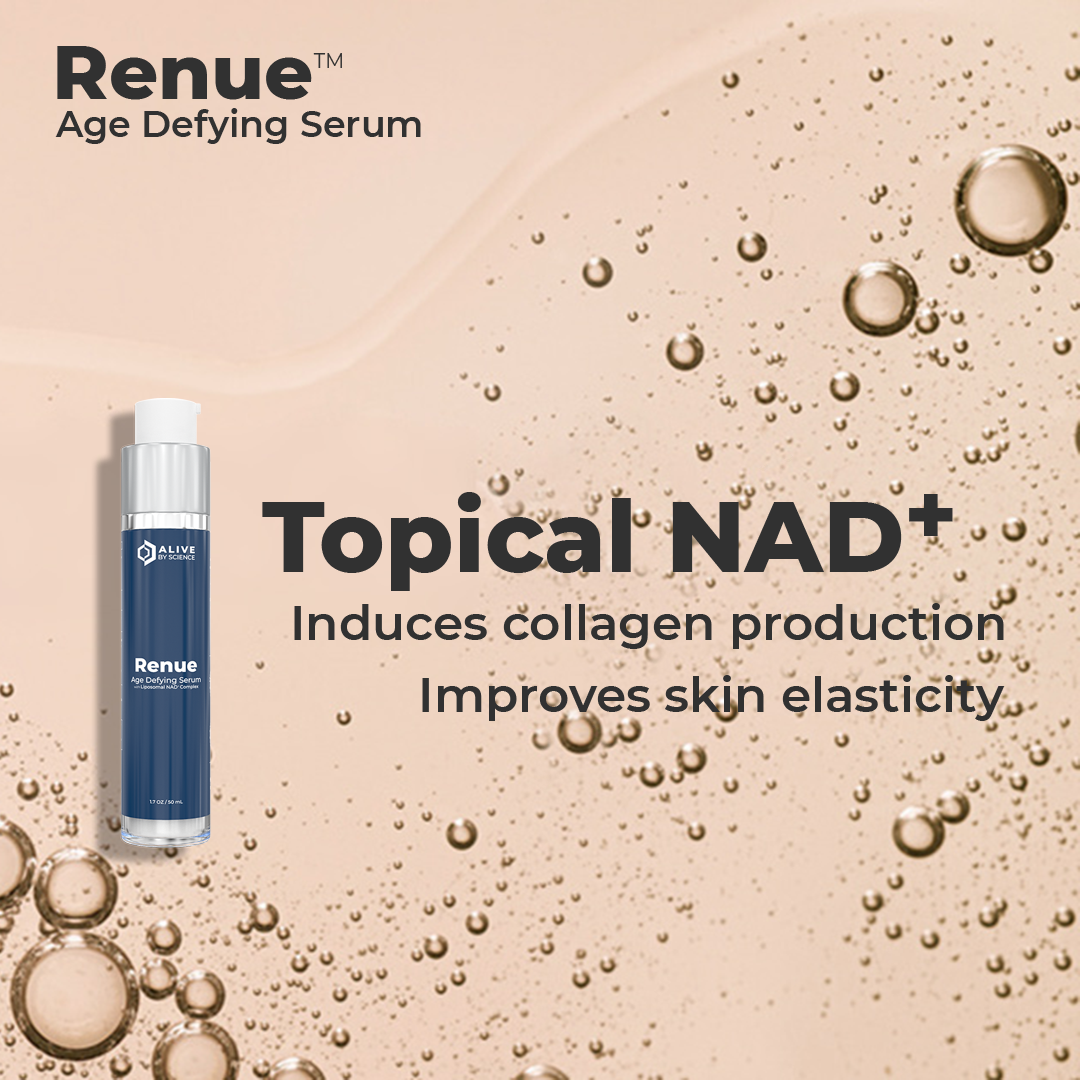
NAD+ Reduces Oxidative Cell Damage
Oxidative stress and chronological aging can cause NAD+ breakdown in the skin. The NAD+ metabolic pathway has been implicated as a therapeutic target to promote cellular health. Recent studies have shown that enhancing NAD+ levels can reduce global oxidative cell damage, replenish total NAD+ stores and restore optimal skin cell function.

Oleic Acid Enhances Skin Barrier Permeability
Free fatty acids (FFAs), specifically monounsaturated FFAs such as oleic acid, may disrupt skin barrier and act as permeability enhancers for other compounds present in plant oils. Dr. David Sinclair recently stated that he is using Oleic Acid, which stimulates the longevity-linked protein Sirt1 and maintains skin health.

NAD+ Research for Skin Rejuvenation
Skin aging is driven by both external and internal factors such as sun exposure (UV), stress, environmental toxins and the natural mechanisms of aging occurring in all cells and tissues. Tissues with a high cellular turnover, such as the skin, require higher doses of NAD+ to counteract daily genomic threats, activate sirtuin proteins, and to rejuvenate skin.
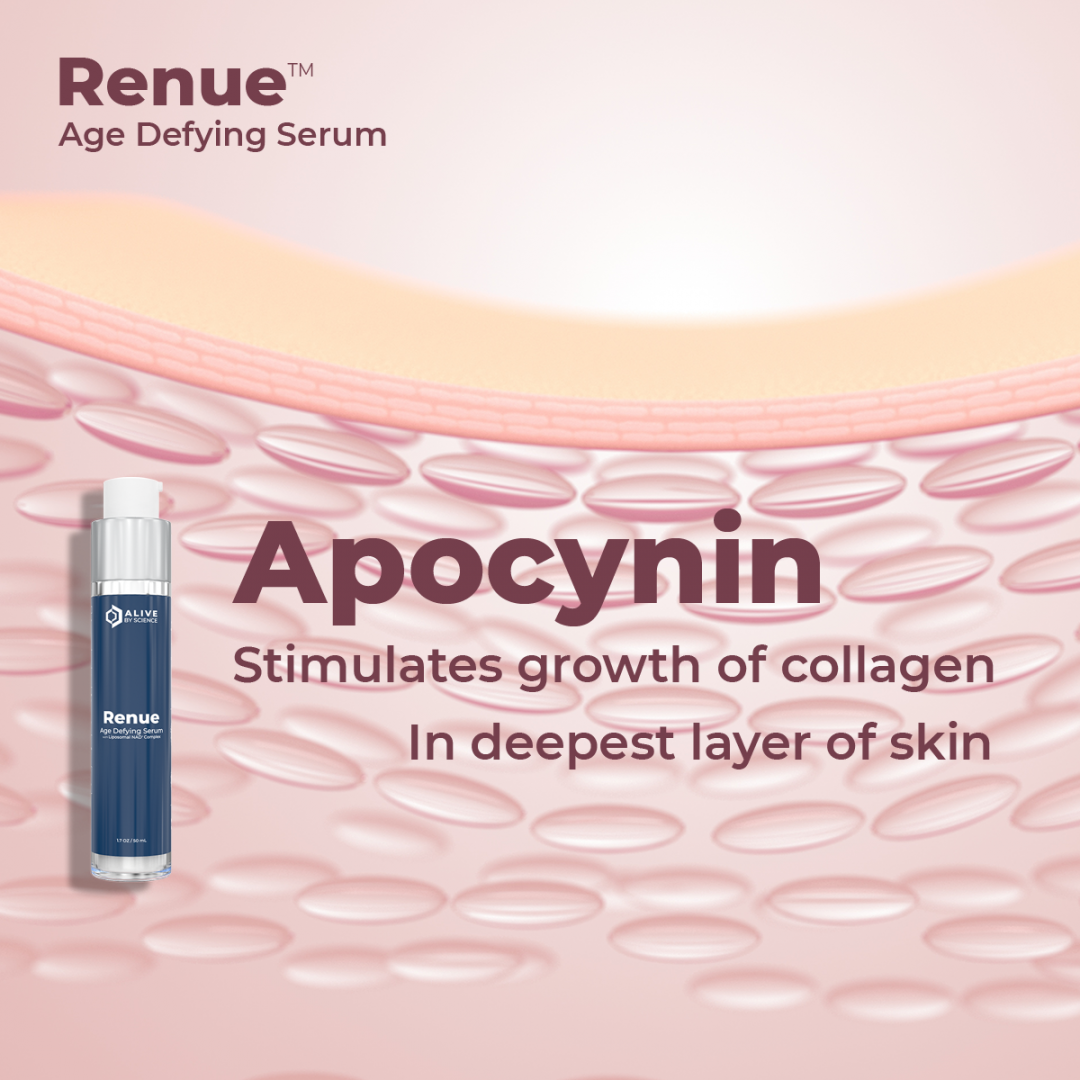
Apocynin Stimulates Growth of Collagen in Deepest Layers of Skin
Apocynin is the only known substance able to stimulate growth of the deepest layers of collagen (COL17A1) and repair damaged skin, leading scientists to say it may be possible to reverse our skin’s timeline at the cellular level. Apocynin is well known as a NADPH oxidase inhibitor and has powerful anti-inflammatory effects on the skin.
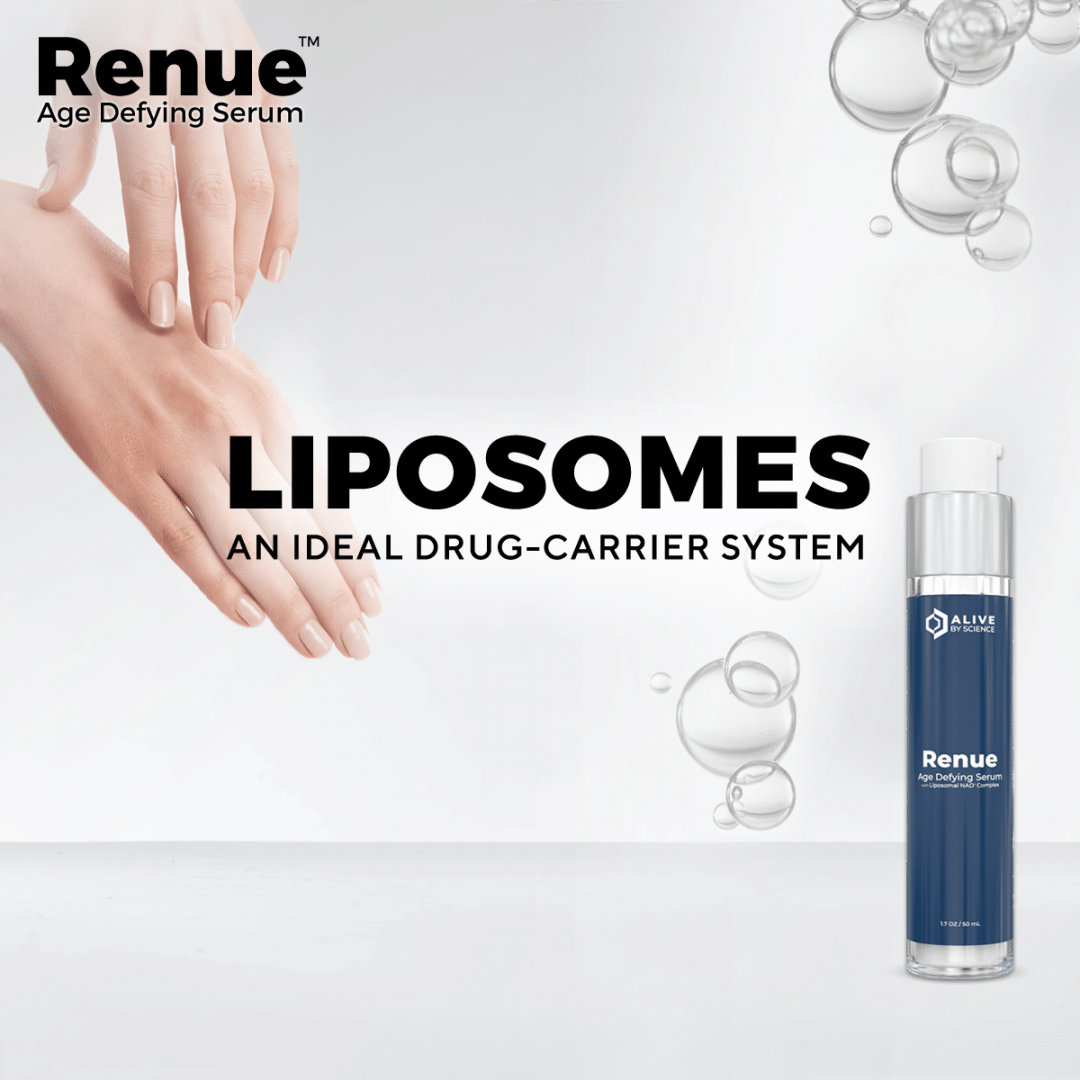
Liposomes an Ideal Carrier system
Liposomes seem to be an almost ideal drug-carrier system. Micro-vesicle technology can act as a platform for the transdermal delivery of various micronutrients such as NAD+ and NMN through the skin using fluidizing liposomes incorporated within standard cosmetic bases. Liposomes circulate the blood the longest, leading to longer half-life of the substance.
